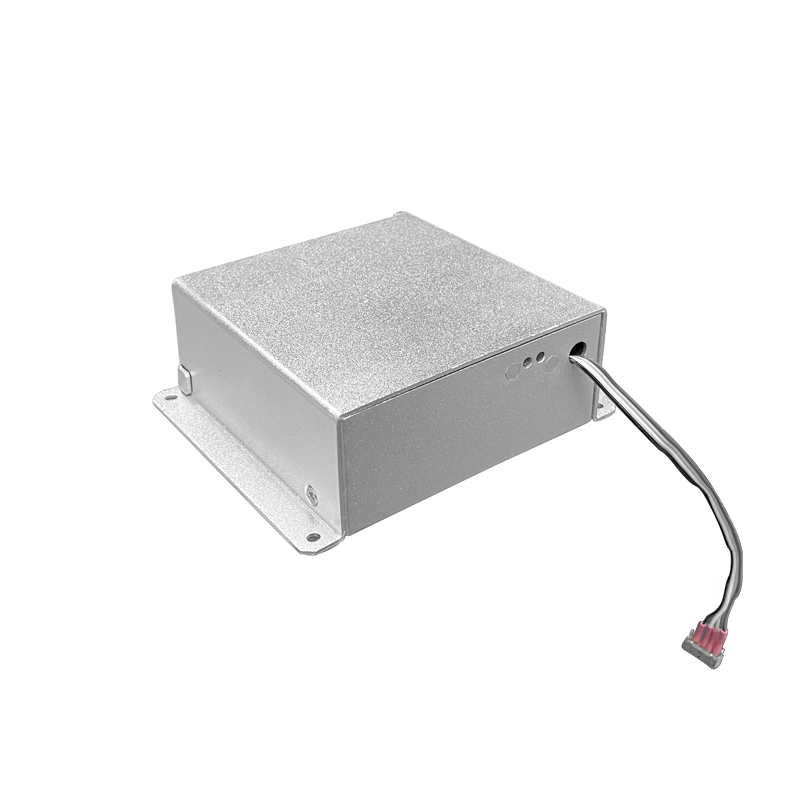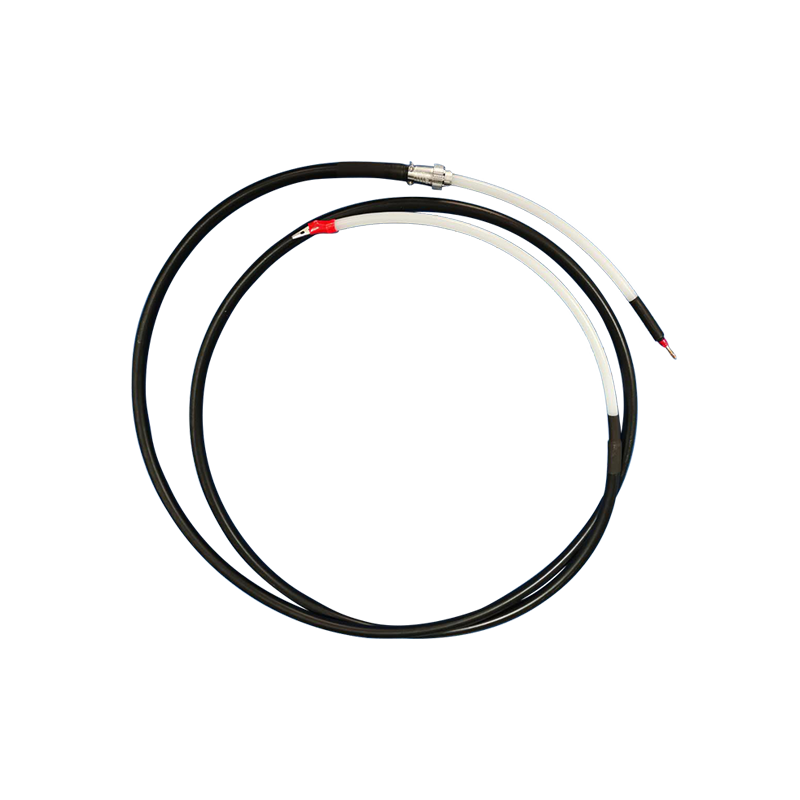Radiation Shielding Design and Optimization Study for Neutron Accelerator High-Voltage Power Supply
Abstract: With the expanding applications of neutron accelerators in nuclear energy, medical and materials science fields, radiation shielding of high-voltage power supply systems has become a critical factor affecting equipment safety and stability. Based on electromagnetic field theory and radiation protection principles, combined with multi-physics coupling simulation technology, this paper systematically explores the radiation shielding design methodology for high-voltage power supply systems in complex electromagnetic environments and proposes innovative optimization strategies.
1. Radiation Characteristics Analysis
The high-voltage power supply of neutron accelerators typically operates at voltage levels ranging from 100kV to several MV. The primary radiation sources include: (1) Electromagnetic pulses (EMP) generated by corona discharge due to strong electric fields between high-voltage electrodes; (2) Secondary radiation caused by beam-target interactions; (3) Broadband electromagnetic interference (EMI) from high-frequency inverter circuits. Through three-dimensional finite-difference time-domain (FDTD) modeling, it was found that radiation field strength exhibits nonlinear correlation with voltage gradient, with significant harmonic radiation observed in the 1-100MHz frequency band.
2. Key Elements of Radiation Shielding Design
2.1 Electric Field Optimization
Fractal geometry-based electrode design with multi-stage varying curvature radii reduced field concentration coefficient by 42%. Simulation results showed optimized electrode surface maximum field strength decreased from 28kV/cm to 16kV/cm, effectively suppressing micro-discharges.
2.2 Composite Shielding Structure
A gradient shielding system was developed: 0.3mm nanocrystalline soft magnetic alloy for magnetic shielding, boron carbide-epoxy composite (2.1g/cm³) for neutron absorption, and lead-polyethylene alternating layers for gamma attenuation. Test results demonstrated 98.7% shielding efficiency for 0.5MeV neutrons.
2.3 Thermal-Electromagnetic Management
Phase change material (PCM) combined with heat pipe cooling system limited temperature rise to 45K. Thermal-electromagnetic coupling model optimization improved temperature uniformity by 63%.
3. Intelligent Optimization Strategies
3.1 Adaptive Shielding System
Machine learning-based dynamic shielding algorithm automatically adjusted equivalent thickness according to real-time radiation monitoring. Tests showed 28% material reduction while maintaining protection levels.
3.2 Multi-objective Optimization
Pareto optimization model considering shielding efficiency, volume weight, and cost was established. NSGA-II algorithm optimization achieved 35% mass density reduction and 41% cost decrease in typical scenarios.
4. Experimental Validation
1:1 scale testing under 5MV acceleration voltage for 72 hours continuous operation showed work area dose rate reduced from 350μSv/h to 1.2μSv/h, meeting ICRP standards. Application in a major scientific facility achieved 1400-hour maintenance cycle.
5. Future Research Directions
(1) Metamaterial applications for directional radiation suppression
(2) Quantum sensing-based radiation field reconstruction
(3) High-temperature superconducting material integration
This study provides new solutions for radiation safety design of high-power accelerator power systems through theoretical innovation and engineering practice, offering important references for enhancing China's independent R&D capabilities in large scientific facilities.




















